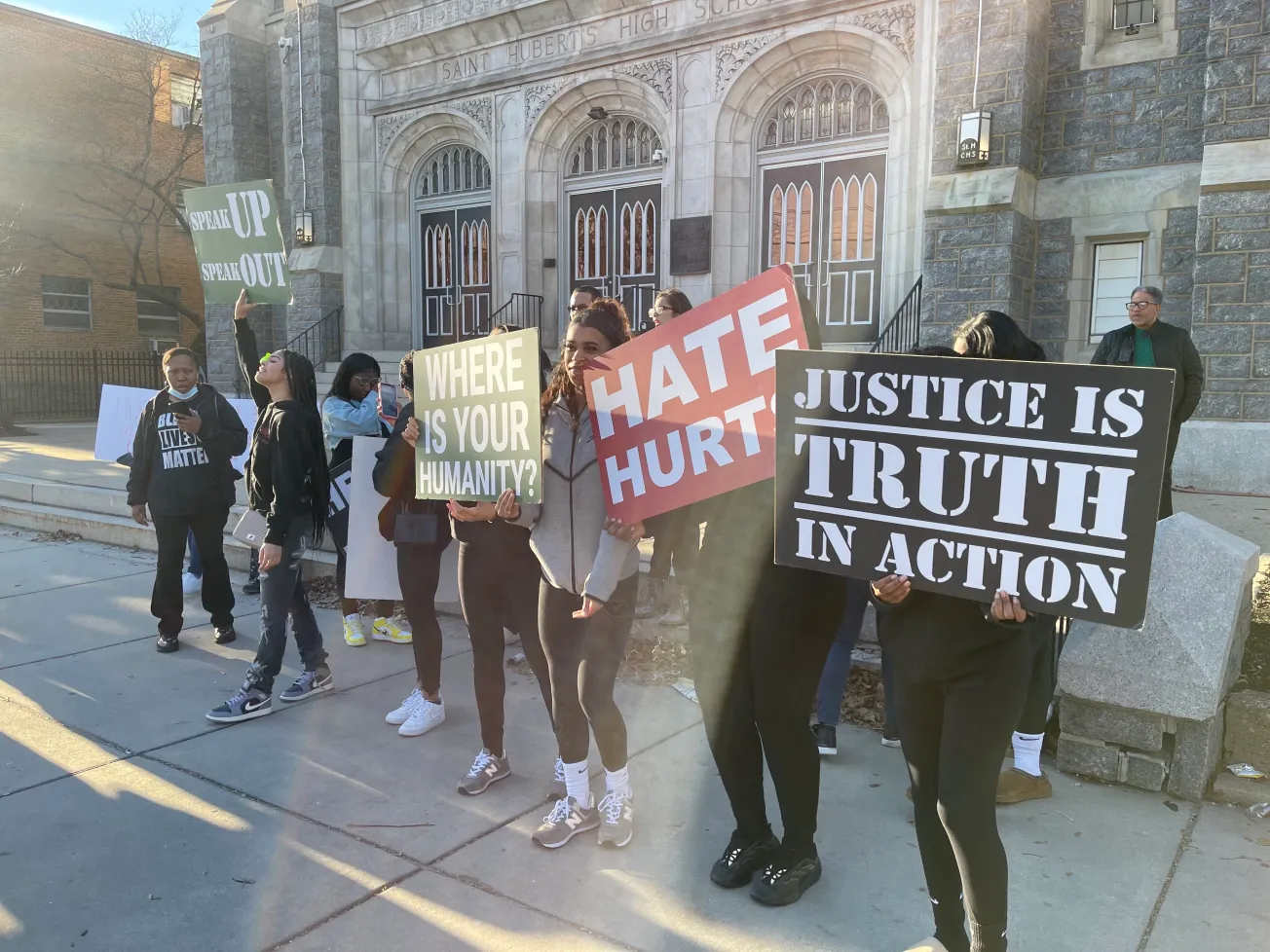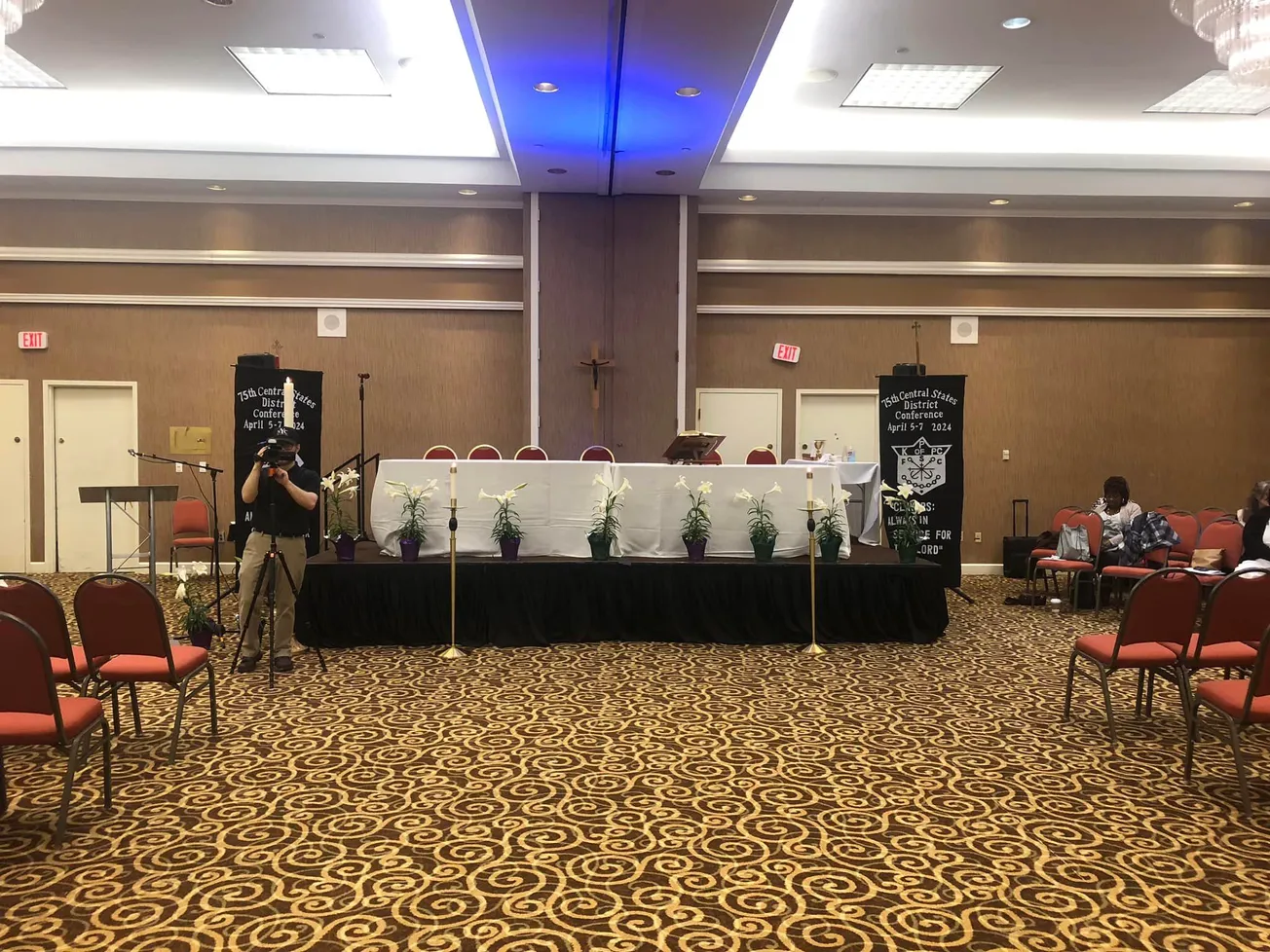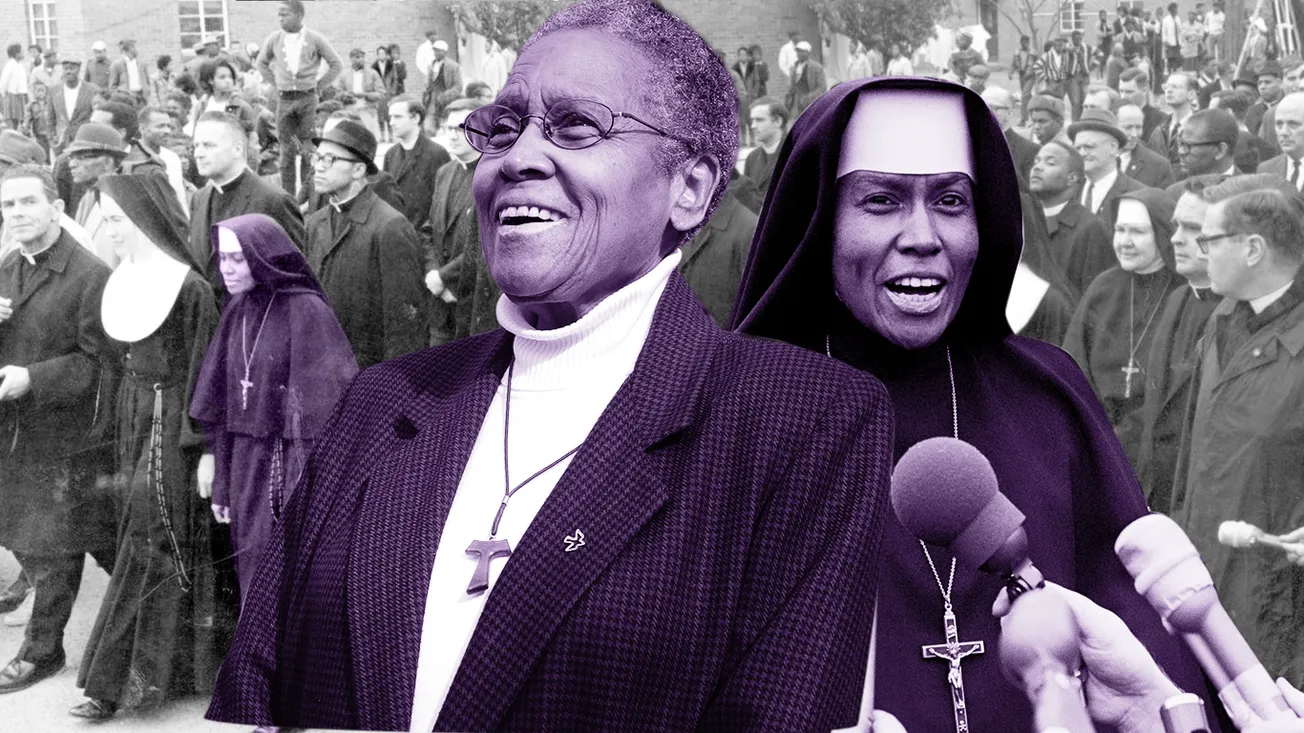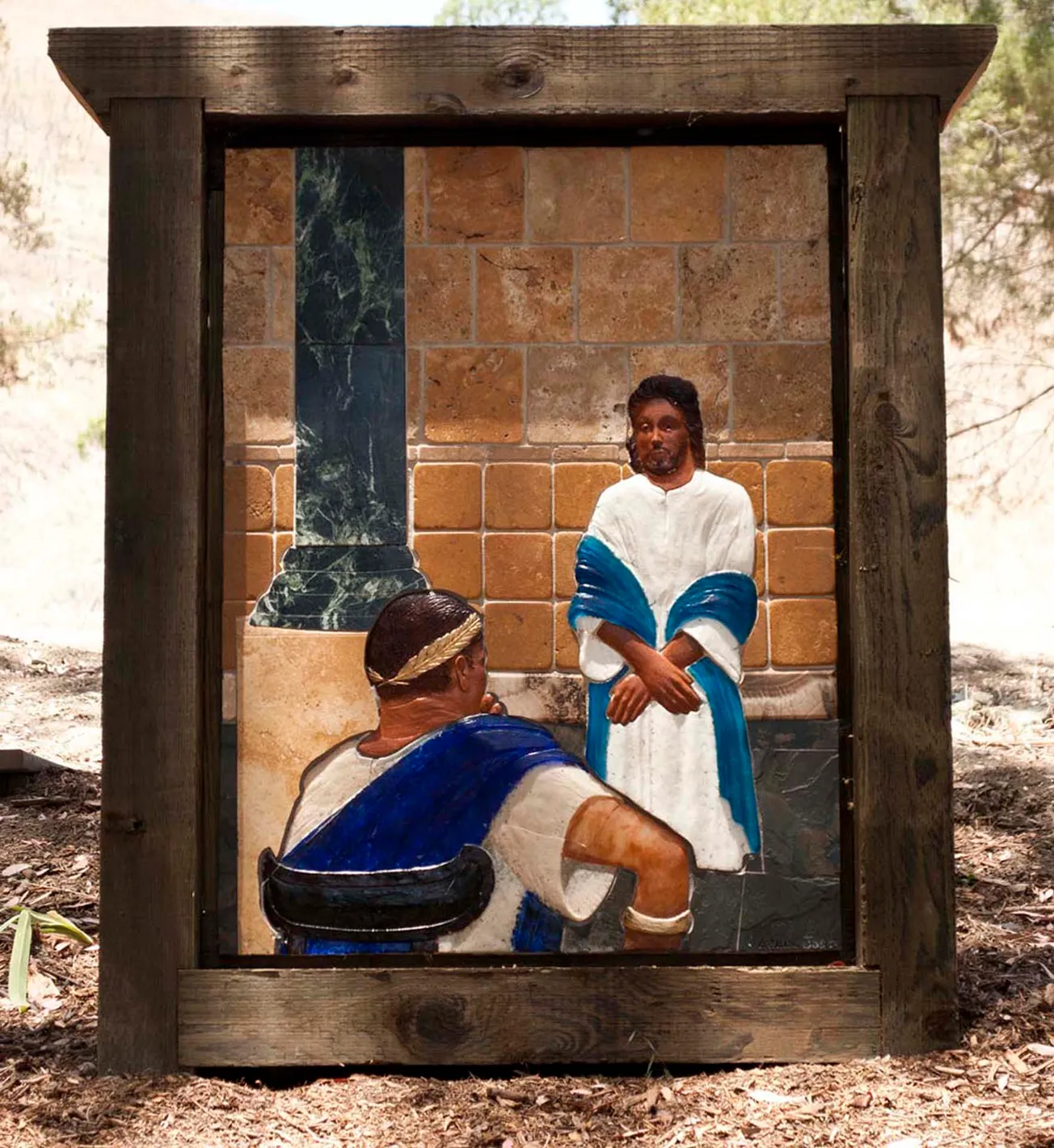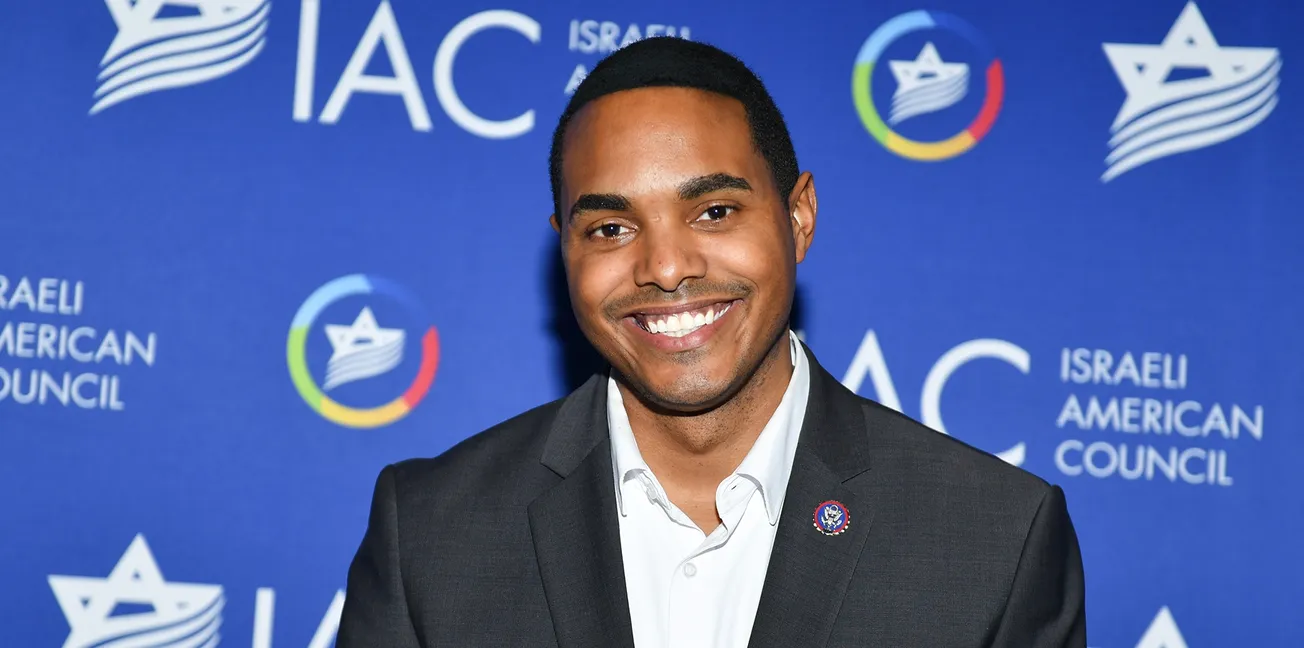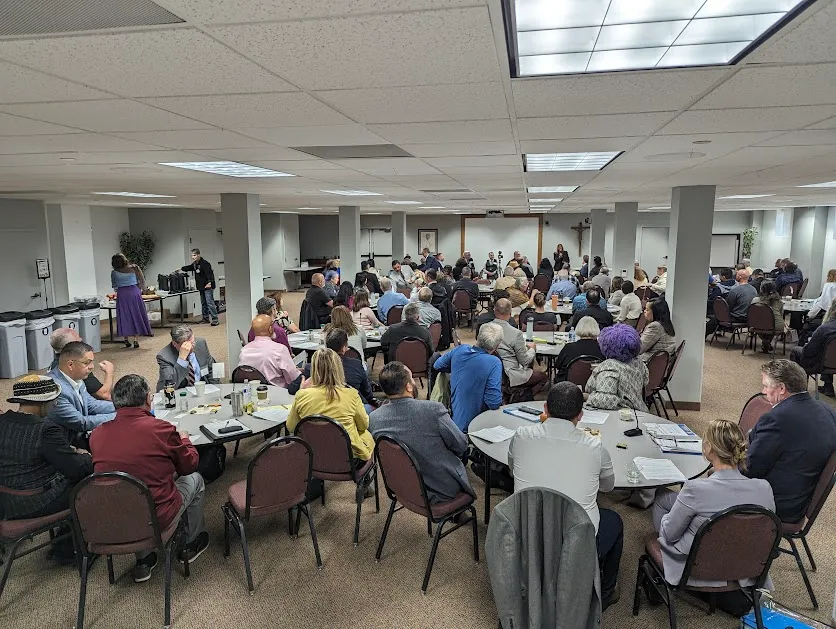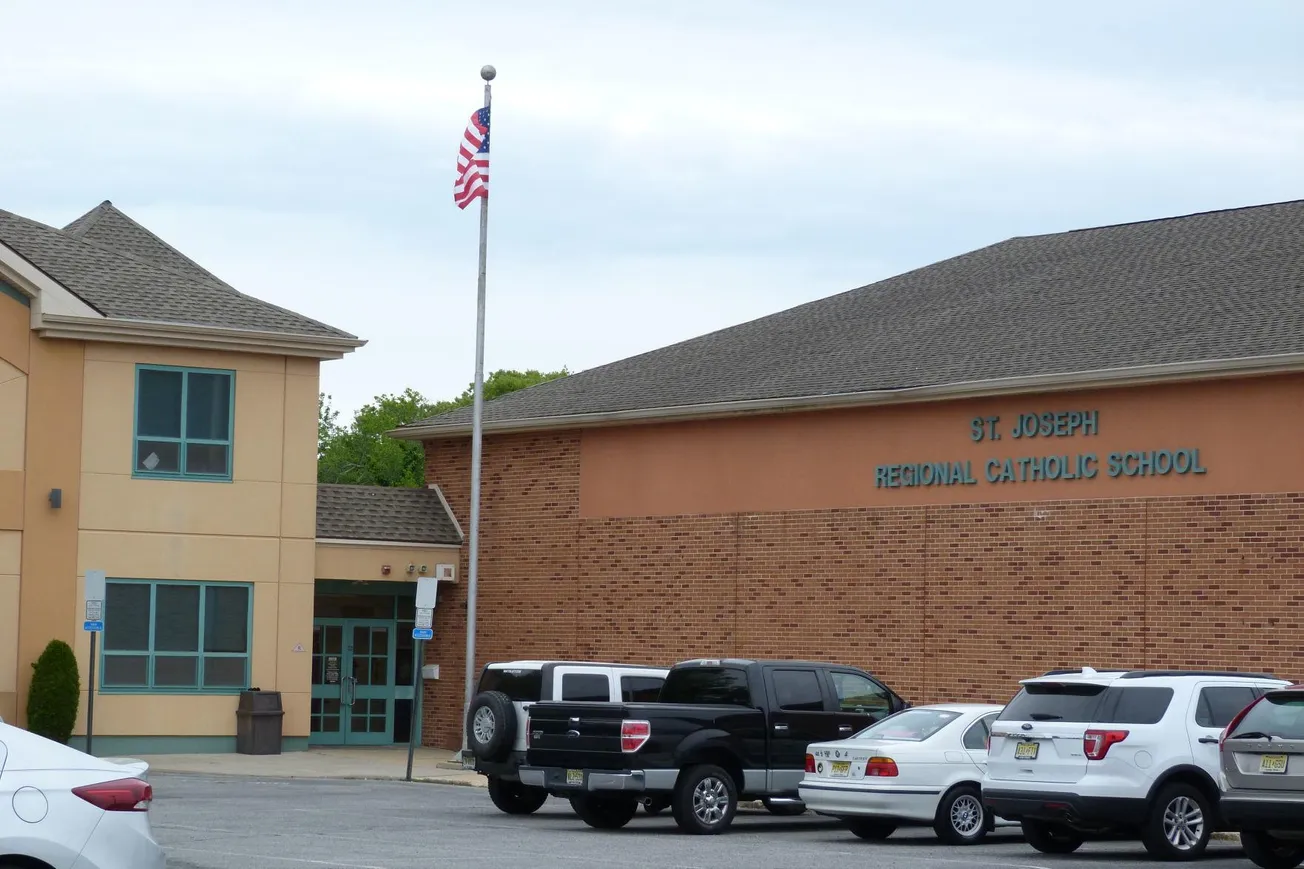Every March, we are called to recognize the strengths, roles, and essential contributions of women throughout history. It is also symbolic that Women’s History Month follows Black History Month, when we commemorate our cultural richness, traditions, legacies, and contributions. One question is often asked among people who do not share these histories or identities: Why do these designated months to celebrate Black identity or women exist? A better question would be why are designated months celebrating Black identity and celebrating women needed?
“The most disrespected person in America is the Black woman. The most unprotected person in America is the Black woman. The most neglected person in America is the Black woman.”
(Malcolm X, 1962)
During Black History Month this year, I sat with family and friends, reacting in fury and disbelief to what was surfacing on our social media timelines. Although it was not clear at the time exactly who posted it, a viral video had emerged featuring a group of White teenage high school girls. Although videos and posts are commonplace among teenage girls, this video was different. It was laden with racist, anti-Black derogatory comments and racial slurs. Under the guise of a humorous performance, the girls engaged in a skit they recorded of themselves. The available prop—a can of spray paint—suggested that at some point, it had been conceived and planned to enact the experience of a Black girl experiencing racism.
One of the girls proceeded to spray the face of another with spray paint, shouting, “You’re a Black girl. Know your roots. It’s February! You’re nothing but a slave.” The other girls in the video laughed, as did the girl in blackface, who then declared she was “Black and proud” while the app’s Black History Month filter appeared on the screen. The girls repeatedly shouted the n-word, with one claiming, “I got the du-rag on. I got the power to say [n-word].”
What may or may not be surprising to many is that this occurred among students attending St. Hubert’s, a Catholic high school for girls located in Philadelphia.
In the aftermath, this video surfaced on nearly every news and social media outlet possible. The archdiocese provided a statement expressing their disappointment in the behavior of the students, with the promise to investigate further.
Throughout the week following the posting, several Black parents in the school community protested in collective outrage outside of the school. It was perhaps even more shocking to learn that this was not the first incident there. In fact, Black parents shared that incidents of racism had been going on for years without action. One mother described how girls would shout racial slurs at Black girls, pulling their hair. The violence and aggression, to the entertainment of the White students, had gone seemingly unchecked until the most recent online posting.
Following the incident, there was some remediation at the school level and in the archdiocese. The students involved were expelled from the school, with a statement from the administration expressing that these behaviors were unacceptable. In addition, the school held an anti-bias training and workshop. Students were then invited to the premier of a six-minute video created by Archbishop Nelson J. Pérez’s Commission on Racial Healing, a group created in 2021.
Students across the diocese convened to view the premier of this video on May 17 at St. Hubert’s, with a reflective dialogue among faculty, students, and community members. In attendance at this event was Fr Stephen Thorne, a local priest who reminded those present that racism was indeed a sin and this was a first step toward healing.
Following this event, Archbishop Perez issued a pastoral letter, calling people to remember the gravity of the situation.
“This evil continues to poison our souls, our Church, our relationships with one another, and with God. Racism shreds the fabric of our communities, hinders our unity, and impedes the building of God’s kingdom on earth. Racism denies our divine worth and violates the essence of our faith. It not only breaks Christ’s commandment to love others as He loves us, but also is an offense to the presence of God within each of us.”
Since the incident, the archdiocese has taken additional steps to heal the wounded community. Some examples included the Anti-Racism Summer Book Club, sponsored by the Faith and Justice Community at the Cathedral of Saints Peter and Paul. Individuals were invited into reading, discussion, and prayerful reflection while reading Maureen H. O’Connell’s book, “Undoing the Knots: Five Generations of American Catholic Anti-Blackness.” At the end of the summer, the faith community was invited to “We are One Body in Christ,” a virtual town hall on racism led by Fr. Thorne.
While these remediation measures at the school, community, leadership, and diocesan level are certainly commendable, we still need to ask ourselves: How could this happen on our watch? It also begs the question of what would have happened if the video had not been posted on social media. Undeniably, there are incidents that happen on a daily basis at our institutions of care that harm Black children, yet they go unnoticed and unchecked.
The Role of Social Media
Social media platforms were originally intended to serve as spaces for people to connect with one another. However, the digital enterprise has expanded its role exponentially beyond the role of interpersonal networking to serve a much broader range of functions, such as advertising and marketing, as well as being an access point for news and media. This was particularly important during the height of the COVID-19 pandemic in 2020, when social media provided immediate access to critical and rapidly changing information. At the same time, the platforms brought attention to global, national, and local sociopolitical events in real time.
We all remember the horror of watching the eight minutes in which George Floyd’s life was violently taken by a law enforcement officer in 2020. Many were torn between posting and resharing the video to raise awareness or asking others not to reshare it, so as not to retraumatize others and add to the dehumanizing spectatorship that is so often indifferent to Black life.
It is perhaps etched into our memories, however, the video of an individual driving in his truck in pursuit of Ahmaud Arbery, knowing he would take his life. I can close my eyes and recall a collection of photos of Breonna Taylor, a young beautiful Black woman whose future was also stolen, and who was memorialized with the #SayHerName hashtag. Surely we remember all of the countless Black and Brown men, women, and children who are no longer with us because of the realities of hatred and systemic racism made manifest.
We can also recall the social and political climate on social media following these incidents. The responses ranged from indifference to a radical condonement of these acts. Several self-described Catholic accounts on Twitter, from the laity to the clergy, reflected whataboutism—people posting scattered examples of Black people enacting their trauma and rage—instead of acknowledging the realities of the moment that played out before our eyes. While it was a time of seeming awareness and declarations of allyship via #BLM tags in social media bios, the era also came with an expiration date for many who would revert back to their racist or color-evasive default positions.
The Myth of the One-Off
A dangerous narrative that is often presented following incidents of racism is the “one-off” argument to remove culpability. We heard this reframing throughout the saga of George Zimmerman, who was infamously acquitted of murdering 17-year-old Trayvon Martin. As a way to misdirect us from deadly systemic racism, we are encouraged by many to think of this as “just that one” individual. However, we cannot afford to look only at individual-level issues. As renowned scholar-activist and Black Catholic author Toni Morrison reminds us, “the function, the very serious function of racism, is distraction.”
This is evident in the case of the girls from St. Hubert’s. Certainly, these girls were acting out of their own accord and are responsible for their actions. However, this is also not a one-off situation, as confirmed by the testimony of other parents and even of the wider community. There is the ever-present danger of describing the violence that ensues as the root cause rather than the symptom of a greater systemic problem of racism in institutions such as St. Hubert’s, across Catholic schools, and within the Church at large. While we are preoccupied with battling the culture of death, we don’t see how we are complicit in it, promoting it every day through hatred, violence, and indifference.
A Woman’s Example
Oftentimes, I turn to the Blessed Mother when I am completely at a loss for words. As “Advocata Nostra,” she has had our human experience. Mary herself lived many paradoxes. She is a person who was often cast to the margins of her society, yet persisted in faith; she observed and grieved the cruelty of humanity toward her own flesh and blood, yet held onto hope; she was without all of the words and answers, yet contemplated and trusted in God. She is always an intercessor for all of us, who love her Son so imperfectly in our everyday offenses.
I sometimes become angry—and I use this term purposefully in acknowledgment of and resistance to stereotypical conceptualizations about our emotionality and collective outrage as Black women. Seemingly devout Catholic people are so often outspoken upon seeing an image of the Blessed Virgin portrayed as a Black or Brown woman. It is not because of some historical defense of Mary as a Jewish woman, but rather because they equate holiness with Whiteness. It is never lost on me that Mary is neither color-evasive, affluent, nor centering of the dominant language. In fact, she has appeared to so many globally, in their traditional clothing, in their skin tones, in their ethnicities, speaking their languages. This lets me know for certain that she understands this aspect of our human experience. She loves us not in spite of our identities and human variations, but because of them. She understands well that we are created perfectly, “fearfully and wonderfully made” and “in His image and likeness” (Ps 139; Gn. 1:27).
Lift Every Voice
I began with a timeless, powerful, and painful truth about Black women written by Malcolm X, who himself acknowledged and corrected many of the ways in which he had hurt Black women. They remain unprotected and undervalued in society, largely due to the confluences of racism and misogyny. We would do well to understand intersectionality as described by Black feminist scholars like Angela Davis, Kimberlé Crenshaw, Patricia Hill Collins, Fannie Lou Hamer, and others who fought the fight from the margins of society and called out the racism that impacted every aspect of our world.
Black women are consistently disempowered, not just at a Catholic school in Philadelphia, but in organizational and academic spaces, in leadership, and in everyday community contexts. As a Black Catholic woman, I am more than bothered by how the attention to our issues and concerns, the battle for our own existence, is reductively referred to as “wokeism,” a term used by many popular Church leaders. It is used with a tone of disdain and expressed with the same vitriol as racial epithets. The attention we pay to the inequities within our culture is more than rhetoric—it is essential for our survival as mothers, sisters, leaders, teachers, nurturers, and evangelists of our world. Certainly, those girls did not see our roles, our worth, or our dignity; their deplorable attitudes and behaviors were bred within a racist climate.
Many of us can think of an “old racist fool,” a stock character like Archie Bunker in the 1970s sitcom “All in the Family.” That is something many of us can easily wrap our minds around, though still difficult for some who perceive it as mere humor. We can also recognize the racism in White supremacists who stormed the Capitol on January 6, 2021, although some will defend this as patriotism. We can recognize racism in a political leader, yet some are ready to canonize him. Still, we are missing the recognition of the racism being cultivated within our youth, our very future.
Our young people deserve to live full lives. Our youth should be enjoying the fruits of the hard work we have endured, and being good stewards of God’s world to recognize, value, and protect the humanity of other people. Instead, we have youth emblazoned with hateful ideologies, armed and dangerous, hunting down people to execute in schools, houses of worship, and community spaces.
How does our being silent help us to break the generational curse of perpetuated racism, even among the “faithful” followers of Christ? We need learning, reflection, unlearning, and healing. We need it within our domestic churches, in our neighbor’s child, in our own child. We need to protect them from the trauma and violence that racism brings. We cannot afford to be silent. We need every voice to be lifted, as the Black national anthem reminds us, “until victory is won.”
Lydia Ocasio-Stoutenburg is a Black and Latina Catholic layperson, a wife, and mother to five children, and an Assistant Professor of Special Education. She is a family, disability, and community researcher and an advocate for justice.


